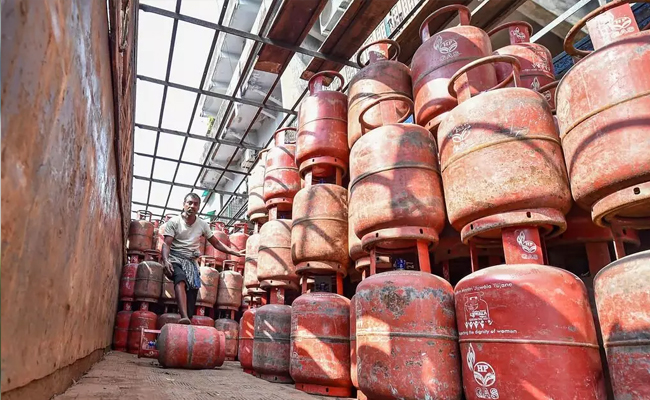New Delhi: Star Indian batsman Virat Kohli on Wednesday broke a 20-year-old record of Sachin Tendulkar by becoming the batter with most runs in a single edition of a World Cup.
Playing against New Zealand in the semifinal match at Wankhede Stadium Kohli went past Sachin Tendulkar’s record 673 runs when he reached 80 runs in his innings today.
Sachin had scored 673 runs in the 2003 edition of the ICC World Cup. Mathew Hayden had scored 659 runs in the 2007 edition while current Indian skipper Rohit Sharma had scored 648 runs in the 2019 ODI World Cup.
Kohli was unbeaten at 80 at the time of posting of this report and was inching towards his 50th ODI century which would also result in him breaking the record of Sachin Tendulkar for most ODI century. The two batters are currently at the top with 49 centuries each.
Let the Truth be known. If you read VB and like VB, please be a VB Supporter and Help us deliver the Truth to one and all.
Thane (PTI): Authorities have seized illegally stored 1,839 gas cylinders and seven vehicles worth over Rs 67 lakh in the Dombivli MIDC area of Thane district, officials said on Saturday.
A special vigilance team of the Mumbai Rationing Department detected an illegal storage of domestic and commercial LPG cylinders in Phase-2 of Dombivli (East).
Cylinders belonging to multiple gas agencies were found stockpiled in closed vehicles, unauthorised warehouses, and open sheds without mandatory permissions from the Explosives Department, Fire Department, or oil companies, according to an official release.





